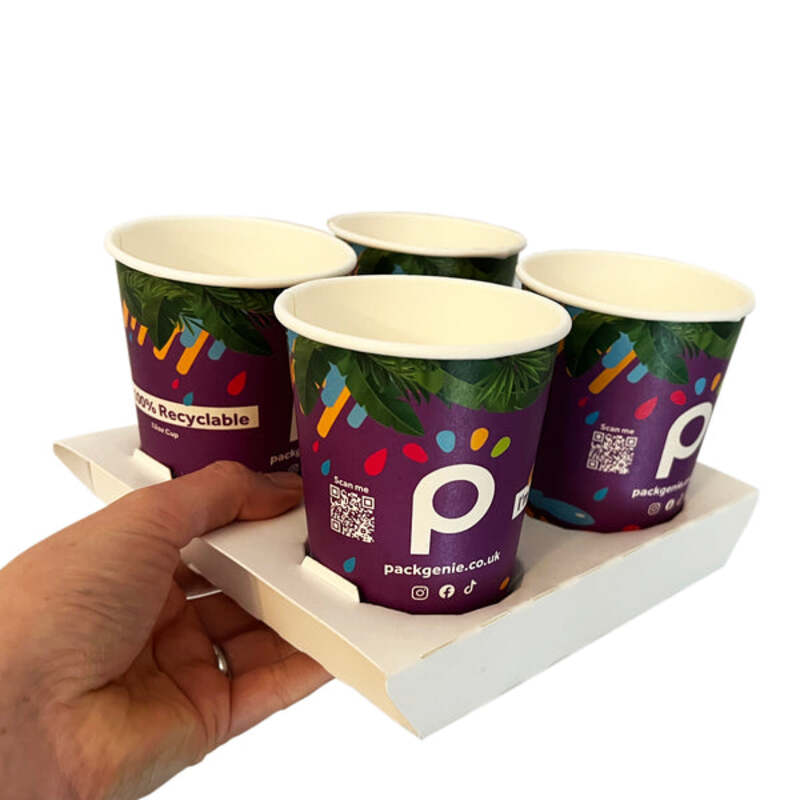2 月 . 19, 2025 10:00
Packing foam is an essential component in the world of logistics and transportation, providing unparalleled protection for a wide range of products during their journey from warehouse to consumer. This article delves into the different types of packing foam available in the market, their benefits, and guidelines for businesses seeking to optimize their packaging processes for economic and environmental efficiency, all while ensuring maximum safety for their goods.

Among the diverse types of packing foam, each serves a specific purpose tailored to its unique properties.
One of the most prevalent is expanded polystyrene (EPS) foam. Renowned for its lightweight and high impact resistance, EPS foam is an ideal choice for safeguarding fragile items such as electronics and delicate glassware. Its structure is composed of 98% air, making it a cost-effective and material-efficient option. Another popular alternative is polyethylene (PE) foam which boasts impressive shock absorption capabilities, cushioning products against vibrations and tremors during transportation. PE foam is especially beneficial for packaging heavy items due to its durability and resilience.
Polyurethane foam, meticulously designed for its softness and malleability, is often employed in scenarios where custom shape conformity is necessary. This foam type excels in encapsulating oddly shaped products, ensuring comprehensive protection without compromising on form. Meanwhile, for businesses keen on eco-friendly solutions, biodegradable foams and plant-based alternatives present exciting possibilities. Materials such as starch-based foams and those derived from sustainable resources offer robust protection while aligning with an organization’s ecological goals. These alternatives show significant promise in reducing environmental impact and meeting consumer demands for sustainable packaging.

As companies strive to maximize their packaging strategies, expertise in selecting appropriate foam types is imperative. Engaging with specialists can provide invaluable insights into material performance, cost implications, and customization opportunities. Experienced professionals possess the technical acumen required to find the optimal balance between protection, cost, and sustainability. This expertise extends to regulatory knowledge, ensuring businesses comply with safety standards and eco-regulations pertinent to shipping foam usage.
packing foam
Establishing authority in packaging solutions necessitates clear communication of the safety and quality credentials of the chosen foam. Companies can cultivate this by obtaining relevant certifications such as ISO standards or third-party verifications validating the foam's properties. Demonstrating adherence to international safety and material efficacy standards fosters confianza with both consumers and industry partners.
Trustworthiness is further reinforced through transparency and accurately representing the benefits and limitations of packing foam options in marketing and product descriptions. Customers are more likely to remain loyal to brands that provide honest, clear information regarding the protective qualities and environmental impact of their packaging methods. Testimonials, case studies, and rigorous testing outcomes can serve as powerful testimonies to the reliability of a company's chosen foam solutions.
To enhance the customer experience, businesses should also consider the unboxing journey, a growing aspect of consumer satisfaction. Packing foam that is easy to handle and dispose of enhances consumer perception of the brand. Consideration towards minimal waste, innovative design, and ease of recycling can boost a brand’s image in the eyes of an environmentally-conscious clientele.
In conclusion, packing foam, albeit often seen as a functional necessity, plays a strategic role in the broader narrative of product integrity, customer satisfaction, and environmental responsibility. Through leveraging expertise, underscoring authoritativeness with certifications, and building trust through transparent communications, businesses can position themselves as leaders in the packaging domain. By making informed, responsible choices, companies not only enhance their logistical efficiency but also contribute positively to consumer perceptions and ecological stewardship. As the market progresses, innovation within packing foam will continue to be vital in meeting evolving challenges and expectations in product transportation and beyond.





